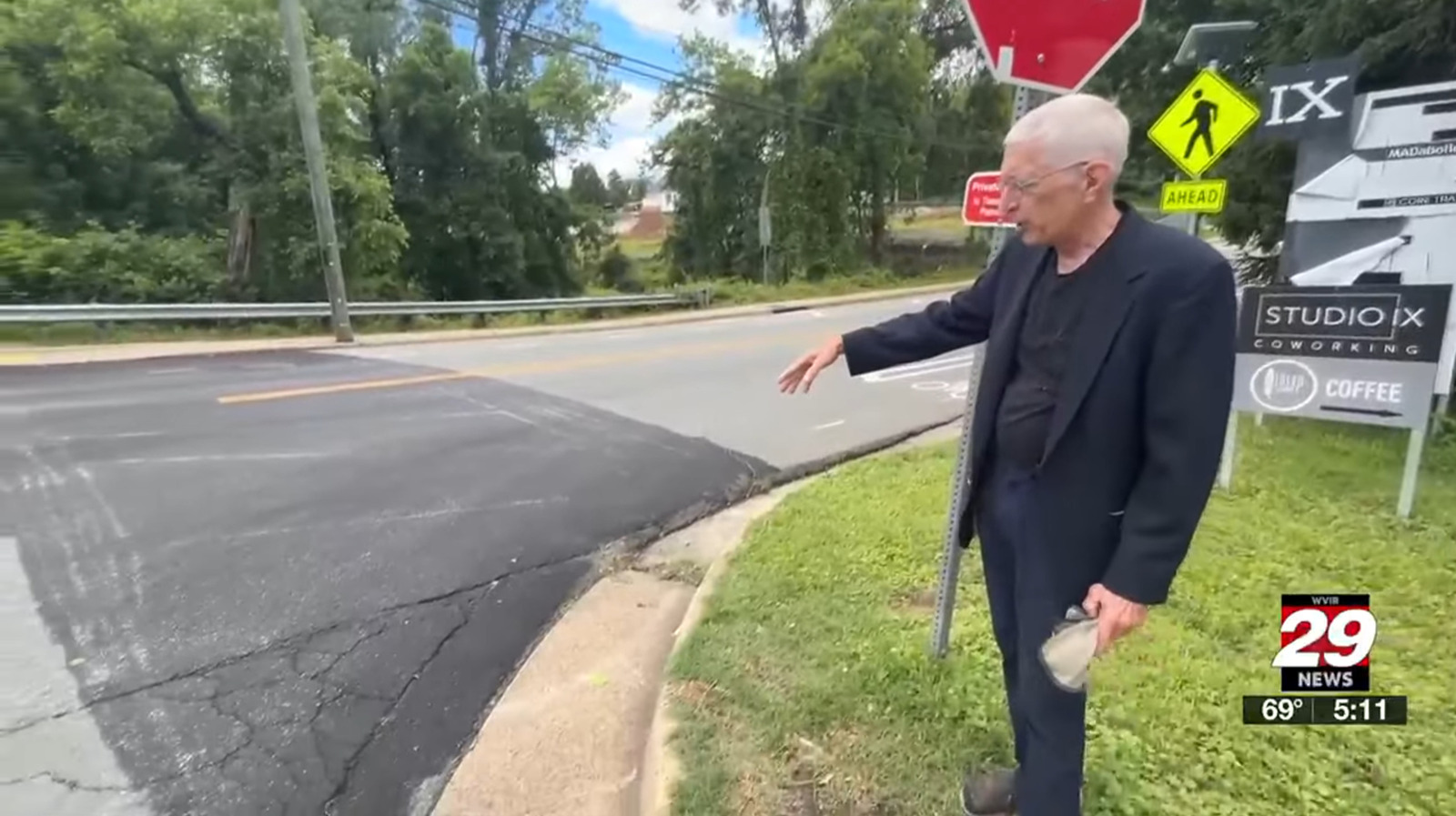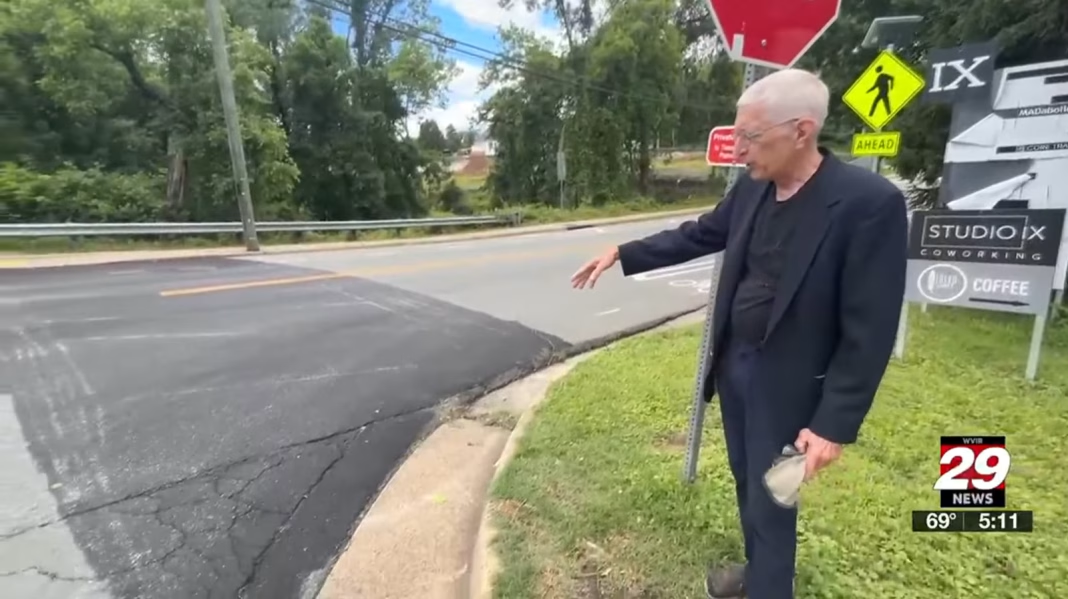In a world where community spirit often clashes with the law, a recent incident in Virginia has sparked a heated debate about the consequences of seemingly harmless actions. A man is facing vandalism charges for drawing a chalk crosswalk at a notoriously dangerous intersection. This situation raises important questions about public safety, community activism, and the potential for disproportionate legal responses.
What Happened in Virginia?
The story begins with a concerned citizen who took it upon himself to create a makeshift crosswalk using chalk. His intention? To draw attention to a perilous intersection that had seen its fair share of accidents. While his heart was in the right place, local authorities didn’t see it that way. Instead of commending his initiative, they opted to charge him with vandalism. This has left many wondering: Is this really the appropriate response to a community member trying to make a difference?
The Legal Perspective
Vandalism charges can carry serious consequences, often leading to hefty fines or even jail time. In this case, the punishment seems disproportionately severe for an act that was meant to enhance safety. Legal experts suggest that while the law must be upheld, there should be room for discretion, especially when the intent behind an action is to protect lives. After all, laws are designed to serve the community, not stifle those who wish to improve it.
Community Response and Activism
The backlash against the charges has been swift. Many locals have rallied around the man, arguing that his actions were a form of grassroots activism. This situation highlights a broader trend where citizens feel compelled to take matters into their own hands when they perceive a lack of action from local authorities. It raises an important question: How far can community members go in advocating for safety before they run afoul of the law?
Real-World Implications
This incident isn’t just a one-off story; it reflects a growing tension between community initiatives and legal frameworks. Across the country, there are numerous examples of individuals facing legal repercussions for trying to address safety concerns. Whether it’s painting crosswalks, setting up temporary road signs, or even organizing community clean-ups, the fear of legal action can deter people from taking positive steps in their neighborhoods.
Finding a Balance
So, what’s the solution? Striking a balance between enforcing the law and allowing community engagement is crucial. Local governments could consider creating channels for citizens to propose safety measures without fear of punishment. This could involve setting up a system where residents can report dangerous intersections and work collaboratively with city planners to address these issues.
The big takeaway? Community activism isn’t about perfection—it’s about smarter adjustments. Start with one change this week, and you’ll likely spot the difference by month’s end. Whether it’s advocating for safer streets or simply getting involved in local governance, every small step counts.


